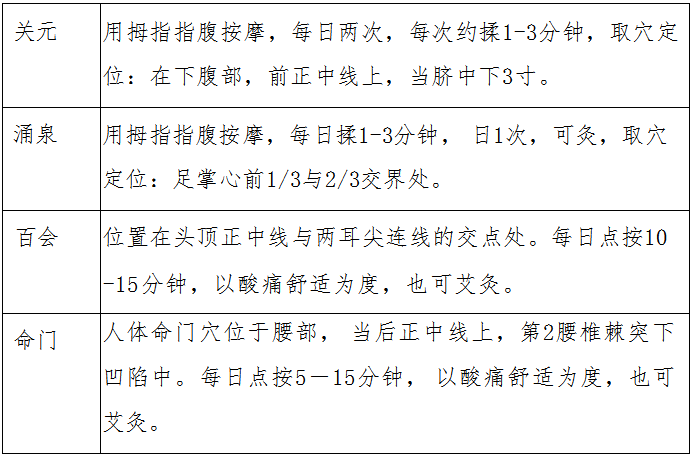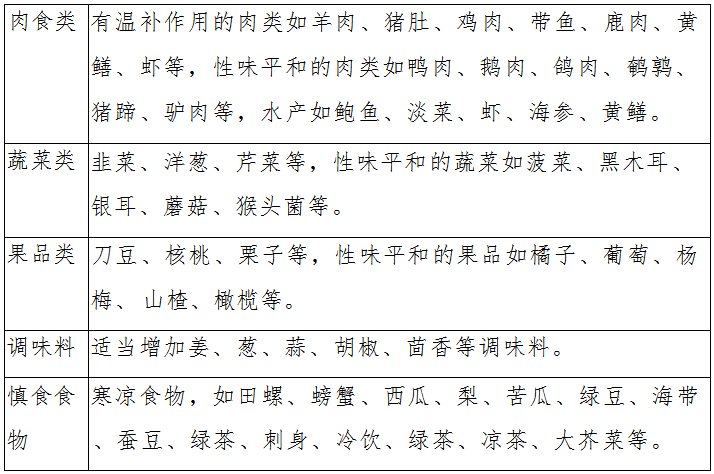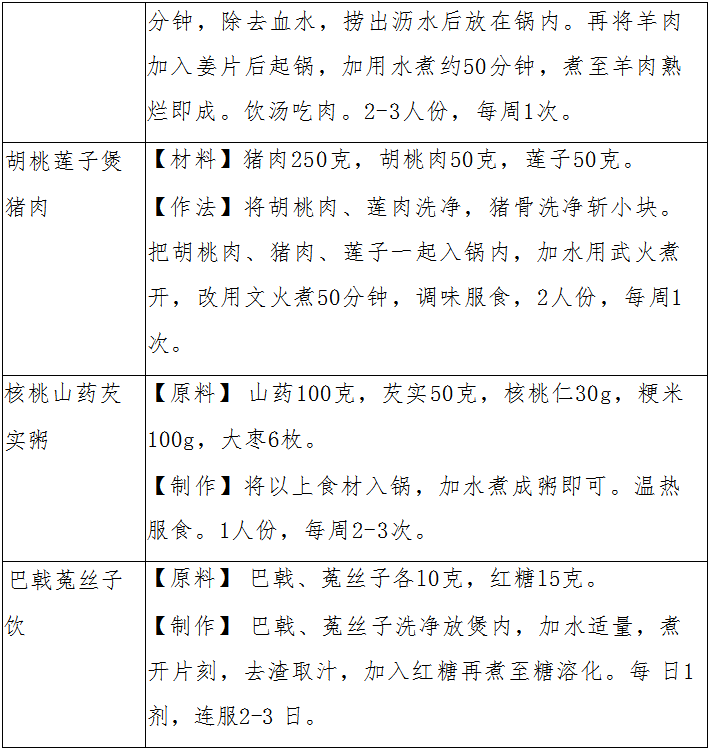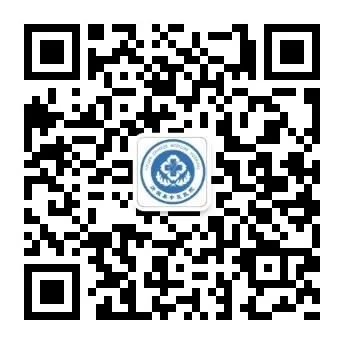1. Definition
Yang deficiency constitution refers to a physical state characterized by insufficient yang energy in the body, leading to symptoms primarily associated with coldness.


2. Assessment Criteria
1. Lifestyle Characteristics
Irregular daily routines, going to bed late and waking up early, lack of exercise, irregular diet, a tendency to be quiet and inactive, and a preference for solitude.
2. Characteristic Manifestations
Body tends to be overweight, muscles are not firm, often sensitive to cold, hands and feet easily feel cold, prone to sweating, loose stools, prefers warm and spicy foods, poor appetite, easily fatigued, enjoys sleeping but often has poor sleep quality, prefers warmth, tolerates summer but not winter. Often exhibits poor mood, overly sentimental. Tongue is pale, swollen, with teeth marks on the sides, moist coating, pulse is generally deep, slow, and weak.
3. Assessment Standards and Methods
Based on the assessment criteria for Yang deficiency constitution as outlined in the “Classification and Assessment of Nine Constitutions” issued by the Chinese Association of Traditional Chinese Medicine in April 2009, fill out the constitution assessment scale, with a score of 40 or above indicating Yang deficiency constitution.


3. Intervention Plan
(1) TCM Characteristic Therapy Intervention
1. Therapy One: Acupoint Massage
(1) Intervention Principle: Tonify the kidneys and assist yang, improve Yang deficiency constitution.
(2) Health Acupoint Prescription: Guanyuan (CV4), Yongquan (KD1), Baihui (GV20), Mingmen (GV4)
(3) Specific Method:

2. Therapy Two: Lei Huo Moxibustion
Use specially made moxa sticks for Lei Huo Moxibustion, ignite the moxa stick and direct the flame towards the Shenque (CV8) acupoint, maintaining a distance of 2-3 cm from the skin until the skin turns red and the deep tissues feel warm.
3. Therapy Three: Heat-sensitive Moxibustion
Apply moxibustion to the Zhongwan (CV12), Guanyuan (CV4), and Zusanli (ST36) acupoints, using one or two moxa sticks directed at the acupoints, with the left hand’s index and middle fingers spread to expose the acupoints.
4. Treatment Course Description
Acupoint massage: Intervene once daily for 15 consecutive days as one treatment course.
Lei Huo Moxibustion and Heat-sensitive Moxibustion can be chosen either one or both alternately, intervening once a week for a total of 4 times as one treatment course. The effectiveness of the intervention will be evaluated after each treatment course, which will serve as the basis for determining the number of treatment courses.
(2) Lifestyle Intervention
1. Daily Living
(1) Follow the principle of “Nurturing Yang in Spring and Summer”; during spring and summer, one should often sunbathe, but avoid excessive sun exposure in summer. Since there are various important acupoints on the back, it is best to sunbathe the back. Avoid sleeping outdoors in summer and do not let fans blow directly on you; when using air conditioning in summer, be careful not to set the temperature too low.
(2) It is advisable to live in a house facing south, and avoid sleeping outdoors or in places with large temperature differences to prevent catching wind-cold and becoming ill. Engage in outdoor activities in the sun and avoid long-term work and living in cold and damp environments.
(3) Develop good sleep habits, go to bed before 11 PM, and avoid staying up late.
(4) Avoid strenuous labor, as excessive sweating can harm yang.
(5) Avoid cold and keep warm, especially in the back, upper abdomen, lower abdomen, and soles of the feet.
(6) Learn to self-regulate negative emotions, communicate and express feelings with others, cultivate an optimistic personality, and be magnanimous to improve mental well-being.
(7) Participate in social group activities to engage the body, mind, and emotions, thereby helping to generate yang energy.
2. Dietary Habits
(1) The basic principles are to warm kidney yang, benefit kidney qi, warm spleen yang, and tonify central qi. The spleen and stomach are easily damaged, so avoid cold drinks and excessive consumption of raw and cold foods (including chilled foods and cold dishes).
(2) Avoid multitasking during meals; ensure a pleasant dining atmosphere and often dine with family.
(3) Maintain regular meal times and portion sizes, avoid picky eating, consume a variety of foods, and eat until 80% full.
(4) Have three balanced meals daily, control total daily caloric intake, and manage the proportions of staple foods, proteins, and fats, while appropriately reducing salt intake.
(5) Ensure breakfast includes a certain amount of meat, fish, eggs, or dairy, and avoid overeating or overly rich dinners.
(6) Increase the intake of whole grains and strive to include fresh vegetables and fruits in every meal.
(7) Suitable foods:

(8) Commonly used medicinal dishes:


3. Emotional Regulation
(1) Be adept at regulating your emotions. Maintain a balanced mental state, be open-minded, and love life. A cheerful spirit and an open heart are essential. Avoid negativity, pessimism, and depression. Spend time in beautiful places like gardens or scenic spots, or hike to watch the sunrise.
(2) “Calm and empty, true qi follows.” Do not dwell on unpleasant matters, do not hold grudges, and treat fame and fortune disputes lightly, remaining calm and composed. Visit cultural sites or craft markets to immerse yourself in culture.
(3) Enjoy light, cheerful, and uplifting music that excites the spirit, such as ethnic dance music, flute pieces, sheng pieces, or various marches for piano.
4. Exercise and Maintenance
(1) The best time for exercise is in spring and summer, and the best time of day is in the sunny morning. Avoid excessive sweating, and ensure to “not be tired of the sun,” meaning to sunbathe often for at least 15-20 minutes each time.
(2) Suitable exercise activities include jogging, skipping rope, walking, calisthenics, Tai Chi, Tai Chi sword, Ba Duan Jin, and other gentle exercises. It is also beneficial to enjoy a sauna, soak in hot springs, and sunbathe.
(3) In winter, choose appropriate outdoor activities, avoiding exercise in windy, cold, foggy, snowy, or polluted environments to prevent damage to yang energy from cold and dampness.
(4) Exercise intensity: Aim for slight sweating without feeling fatigued.
(5) Kidney-tonifying exercises: The kidneys are the root of vital energy, so those with Yang deficiency should focus on kidney-nourishing practices.
(6) Waist rubbing: Sit upright, loosen clothing, and relax the waist belt. Rub hands together until slightly warm; then place hands on the waist and rub up and down until the waist feels warm. This self-massage targets acupoints related to the kidneys, such as Mingmen (GV4), Shenshu (BL23), Qihai (CV6), and Dachangshu (BL25), promoting meridian flow, qi movement, blood circulation, warming the kidneys, and tonifying yang.


4. Evaluation Plan
1. Evaluation Indicators
Score reduction rate for Qi stagnation constitution = (Previous score – Current score) / Previous score × 100%
2. Evaluation Standards

Evaluation Tool: Nine Constitution Assessment Scale.
Evaluation Method: After completing one treatment course, the patient independently fills out the “Nine Constitution Assessment Scale” to calculate the score reduction rate for Yang deficiency constitution, comparing it with the evaluation standards to obtain the evaluation conclusion for this treatment course.


Editor: Cao Guangjie, Zhang Hui
Editor-in-Chief: Zhang Bo
Review Editor: Zhang Dong


